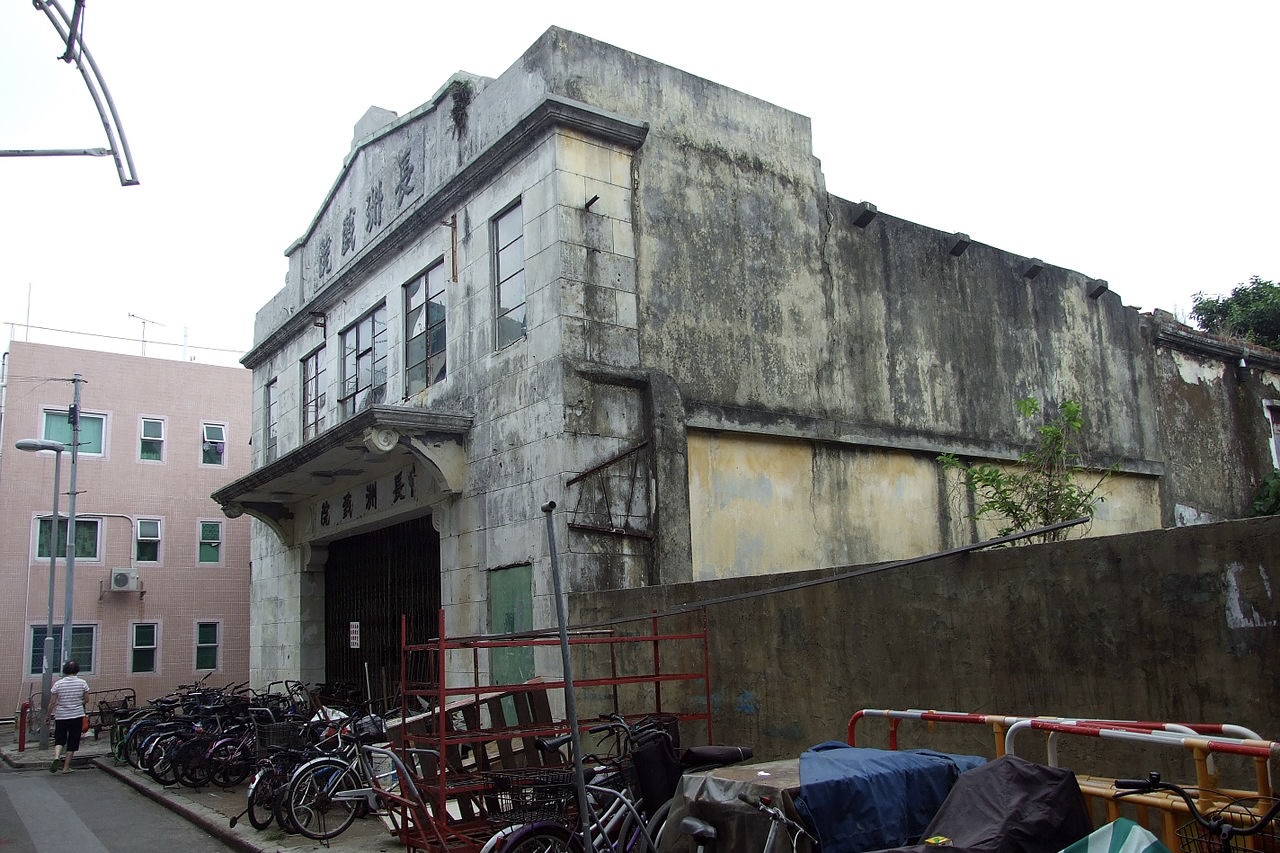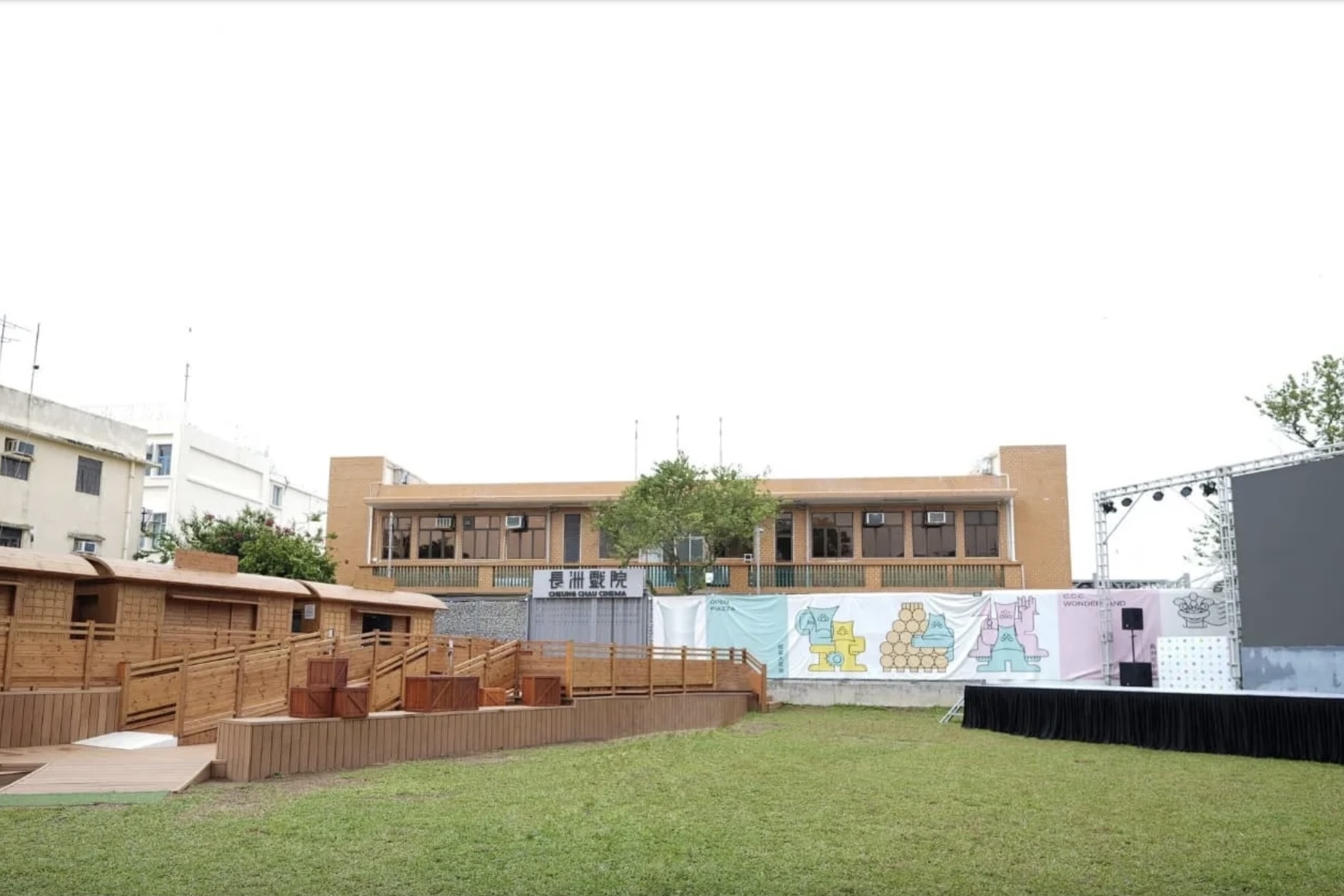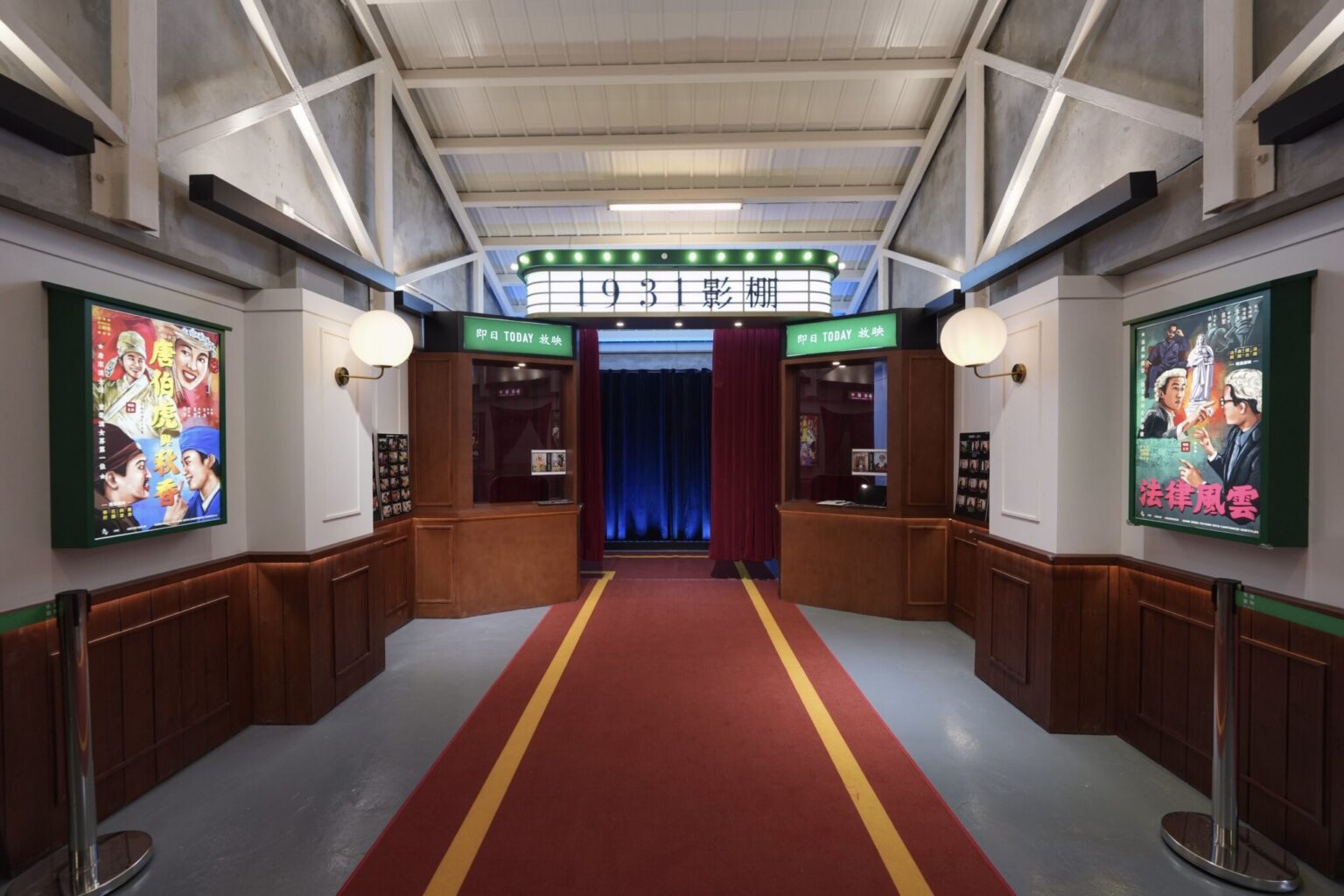The premises of the Cheung Chau Cinema has reopened as a cultural park 26 years after it closed. The cinema first opened in 1931 before closing in 1997, and is one of two pre-war cinemas in Hong Kong, the other being Yau Ma Tei Theatre.
The cinema premises, which spans over 38,000 square feet, has been renovated in two phases. The first phase that opened to the public on Monday is a cultural park with four sections: the Cheung Chau Cultural Centre, an information centre, 1931 Studio, and The Silver Screen Gathering.

Cheung Chau Cinema — which was a 600-seat theatre that played Cantonese and Western films and was deemed a Grade III Historic Building — will reopen as a restaurant in 2025 as part of the venue’s second round of renovations.
The highlight of this cultural hub is 1931 Studio, where families can play at making their own films or design a poster in which they feature as movie stars. The other major attraction of the revitalised theatre premises is the 10,000 square feet lawn where there will be nighttime film shows on a giant screen. There are also plans for events and concerts to be held in this space.

The venue will also host a variety of exhibitions and workshops. One of the highlights is a bamboo art exhibition by local paper craftsman Du Huan that showcases the various stages of creating a flying Qilin — the largest art form the artist has made so far.
In addition, more than 3,000 relics that date back to the Neolithic period were unearthed during the cinema’s restoration. There will be tours to give visitors an insight into the excavation process and the significance of these relics.
The cultural centre also houses an observation deck on the roof modelled after the Cheung Po Tsai sailing boat.
Header image credits: Cheung Chau Culture Company




